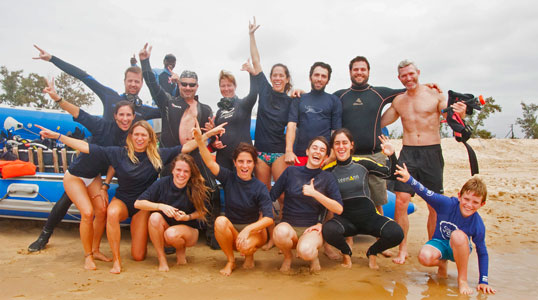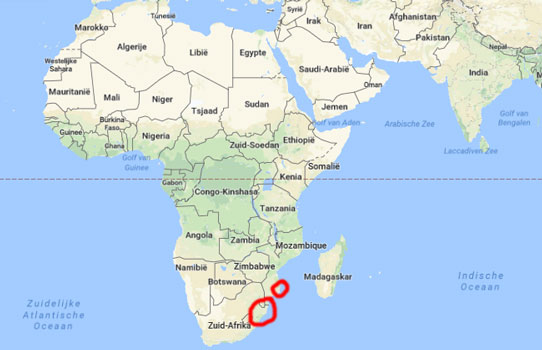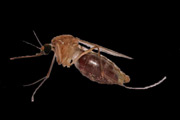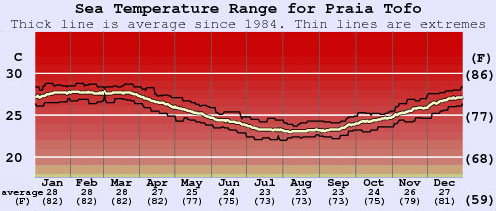www.adcdiving.be © Dirk Wuyts Add this page to your Favorites Welcome to our diving website and travel stories
Travel and diving in Mozambique and South AfricaDutch - Nederlands |
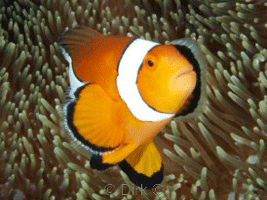 Like and share this travel story and diving with photos of Mozambique and South Africa with your friends on Facebook |

